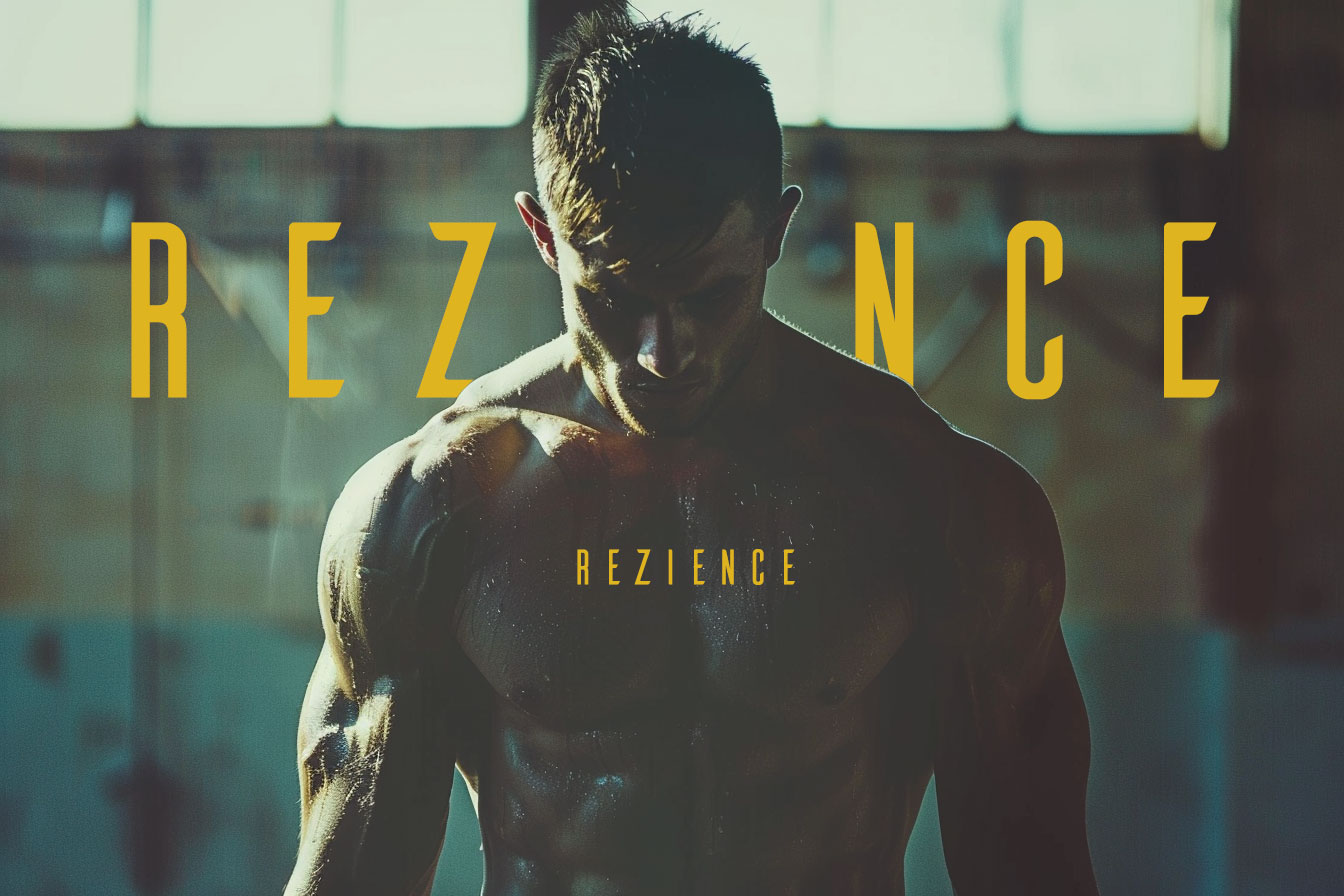
Comprehensive Photography Marketing Guide: From Aperture to Audience
Your camera lens captures more than just images; it captures stories, emotions, and memories. Each photograph whispers a tale – a slice of life frozen in time. But how do you transform this visual poetry into a thriving business? The answer lies in effective marketing techniques. Welcome to the intersection of art and strategy – welcome to Photography Marketing.
Why Photography Marketing Matters
As an established content marketer and photographer, I’ve stood at the crossroads of pixels and prose, witnessing firsthand the pivotal role marketing plays in a photographer’s journey. Whether you’re a seasoned professional with a portfolio that spans continents or a budding enthusiast capturing the dew-kissed petals in your backyard, understanding marketing principles is your compass. It’s the North Star guiding you toward recognition, clients, and the sweet spot where passion meets profit.
Table of Contents
1. Identify Your Niche: Personalized Marketing Campaigns
Commercial Photography
- Target Audience: Businesses, brands, and advertising agencies.
- Marketing Strategies:
- Portfolio Showcase: Curate a portfolio highlighting your commercial work.
- Collaborate with Brands: Partner with companies for product shoots.
- Networking: Attend industry events and connect with potential clients.
Fashion Photography
- Target Audience: Fashion designers, models, and influencers.
- Marketing Strategies:
- Editorial Shoots: Create captivating fashion editorials.
- Social Media Collaboration: Partner with fashion influencers.
- Fashion Shows and Events: Document runway shows and backstage moments.
Fitness Photography
- Target Audience: Fitness trainers, gyms, and health brands.
- Marketing Strategies:
- Before-and-After Stories: Showcase transformations.
- Fitness Challenges: Document fitness challenges and workouts.
- Social Media Fitness Influencers: Collaborate for wider reach.
Boudoir Photography
- Target Audience: Individuals seeking intimate and empowering portraits.
- Marketing Strategies:
- Client Testimonials: Share stories of confidence and self-expression.
- Privacy and Trust: Highlight your respectful approach.
- Empowerment Workshops: Host events to educate potential clients.
Art Photography
- Target Audience: Art enthusiasts, galleries, and collectors.
- Marketing Strategies:
- Online Art Platforms: Showcase your work on platforms like Saatchi Art.
- Gallery Exhibitions: Participate in local art shows.
- Artist Statements: Craft compelling narratives behind your art.
Remember, each niche requires a tailored approach.
2. Build a Client Database: Organize Your Prospects
Create a client database specific to each niche:
- Commercial Clients: Keep track of businesses, their needs, and project timelines.
- Fashion Contacts: Maintain communication with designers, models, and stylists.
- Fitness Partners: Connect with trainers and gym owners.
- Boudoir Clients: Respect privacy and build trust.
- Art Collectors: Network with gallery owners and fellow artists.
3. Optimize Your Website: The SEO Game
Inbound marketing is vital for new brands. Your website is your online storefront. Optimize it for search engines:
Search Engine Optimization (SEO)
- Keyword Research: Identify relevant keywords (e.g., “portrait photographer in San Jose”).
- High-Quality Content: Write blog posts, create galleries, and showcase testimonials.
- Mobile-Friendly Design: Ensure your site works seamlessly on all devices.
Your well-optimized website attracts organic traffic and converts visitors into clients.
Blogging for Photographers
- Behind-the-Scenes: Share insights from your shoots.
- Client Spotlights: Feature success stories.
- Educational Content: Write guides on photography techniques.
4. Social Media Marketing and Decentralization
Social media platforms are your virtual gallery. Use them to:
- Display Your Work: Regularly share high-quality images.
- Engage with Followers: Respond to comments and messages promptly.
- Collaborate with Influencers: Partner with relevant influencers for wider reach.
Remember, consistency and authenticity matter. Your social media presence reflects your brand.
Beyond Instagram and Facebook
While these platforms are essential, consider exploring decentralized alternatives:
- Republik: A platform for artists and photographers.
- Mastodon: A federated social network.
- Deso: A privacy-focused network.
- Hyprr: A platform by creators for creators.
These are just a few that are on the horizon. By diversifying your presence, you tap into niche communities and reach untapped audiences.
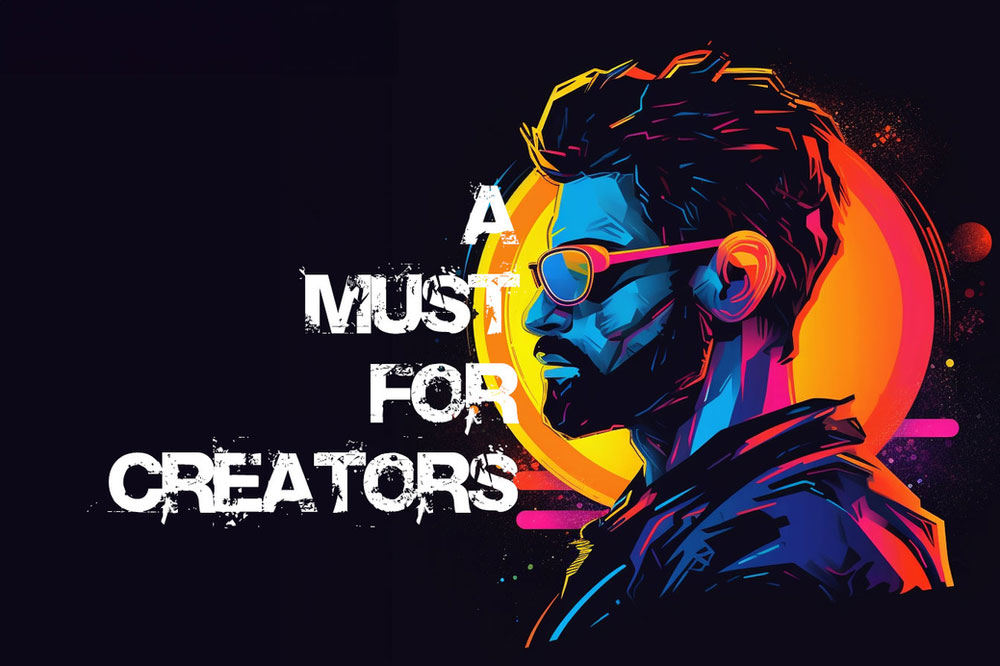
Are you a creator or photographer feeling confined by the control of major centralized social media platforms? Do you dream of a space where you can freely create, interact, and profit without the interference of big tech corporations? If yes, then you’re in the right place. I’m here to tell you about a promising alternative that’s been making waves in the creator economy – decentralized social media.
5. Outbound Marketing: Networking and Collaborations
Don’t underestimate the power of personal connections:
- Networking Events: Attend photography meetups, workshops, and industry conferences.
- Collaborate with Other Creatives: Partner with models, makeup artists, and stylists.
- Print Marketing: Business cards, brochures, and flyers still have their place.
Your network can refer clients and open doors to exciting opportunities.

Photographs may capture a moment, but connections between photographers fuel growth. The sharing of ideas, techniques, and opportunities is more than collaboration—it’s the essence of advancing in the field. Why is networking important in photography? Networking in photography is of paramount importance as it facilitates collaboration, opens doors to new opportunities, sharpens skills, and creates…
6. Personal Branding: You Are Your Best Asset
Your brand is more than a logo; it’s your reputation. Cultivate it by:
- Consistent Branding: Use the same colors, fonts, and tone across all platforms.
- Authenticity: Share your story, values, and behind-the-scenes glimpses.
- Professional Headshots: Invest in a great headshot – it’s your first impression.
Clients connect with photographers who embody their brand.
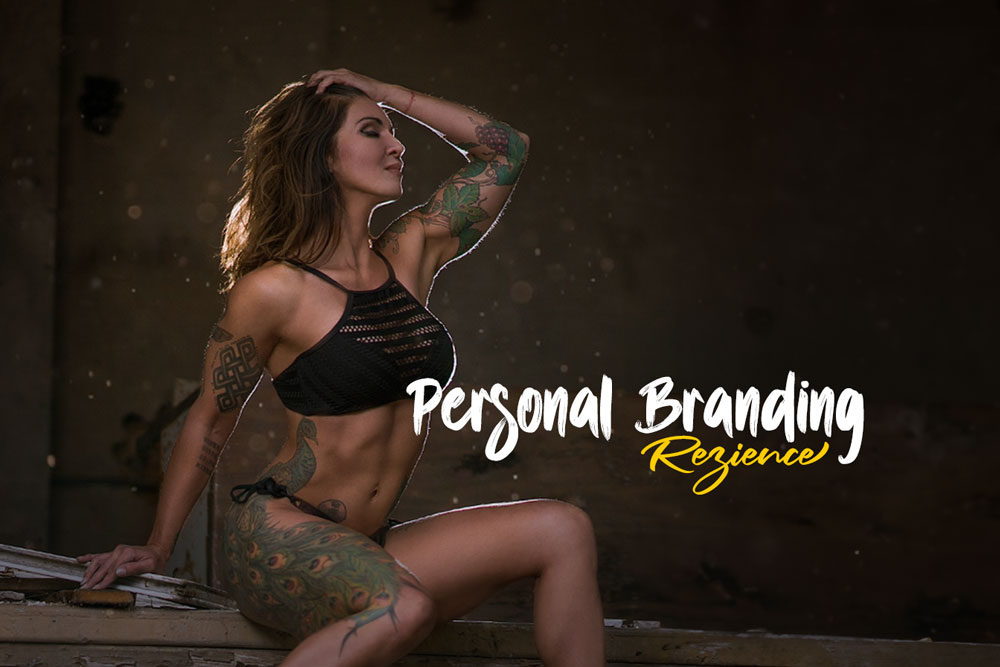
Learn about personal branding for photographers. Photography isn’t just about capturing moments; it’s an art form that reflects your unique perspective and style. But how do you turn your passion into a profitable business? How do you stand out from the crowd and attract your ideal clients? How do you create a brand that showcases your awesome work and personality?
7. Visual Storytelling: Crafting Compelling Narratives
- Photo Essays: Share stories behind your favorite shots.
- Video Content: Vlogs on your creative process or fitness shoots.
- Email Newsletters: Regularly update subscribers with visual content.
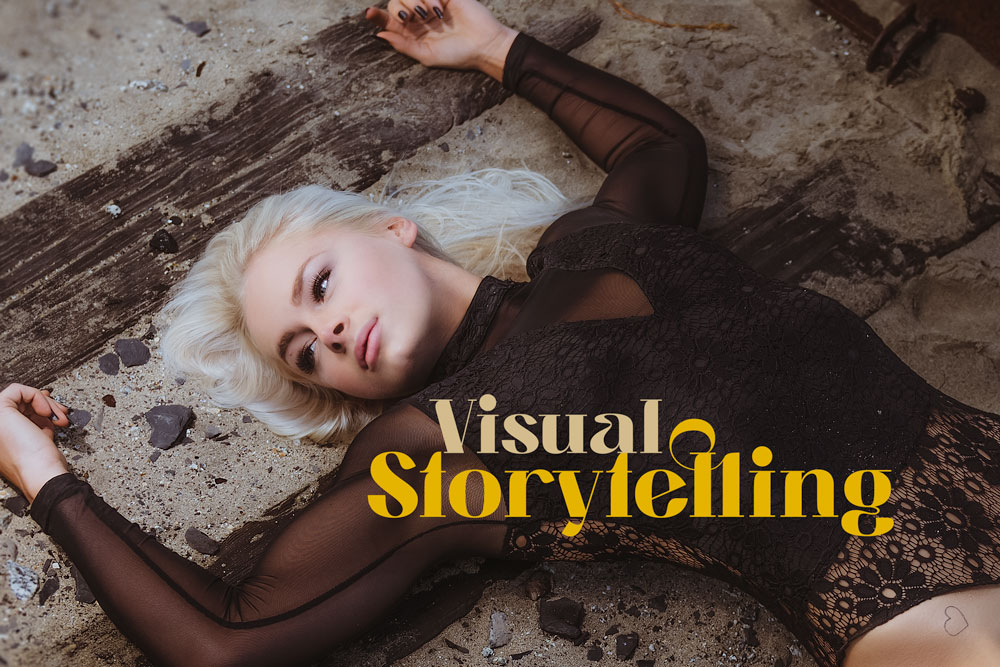
Learn how to use images and words to create powerful stories that connect with your audience. Discover the core principles of visual storytelling techniques and how to apply them to your own projects.
Conclusion: Your Lens, Your Legacy
Photography marketing isn’t just about selling services; it’s about leaving a visual legacy etched in memories. But here’s the secret: marketing isn’t static; it’s a chameleon, ever-changing. The platforms you stand on today may fade into digital oblivion tomorrow. So, adaptability becomes your superpower.
Imagine marketing as a bustling cityscape – skyscrapers of algorithms, boulevards of hashtags, and side streets of influencer collaborations. But these streets aren’t carved in stone. What’s trending today may be passé by sunrise. So, diversify your routes. Don’t hitch your wagon to a single star; explore constellations. Instagram, TikTok, Twitter – they’re all cosmic pit stops. But beyond these orbits lie uncharted galaxies. Be curious. Seek new platforms, for the next big thing might be a pixel away.
In this social age, we’re paradoxically more connected and more isolated than ever. But remember this: the people you meet will become your most valuable tool. As a photographer, you’re a people magnet. Every portrait session, every event – they’re networking goldmines. That model you photographed? She might introduce you to a fashion editor. That fitness enthusiast? He could connect you with gym owners. And that art collector? Well, they’re your cosmic patrons.
I’ve stood at that crossroad – the singular path that seemed paved with gold. But when that door slammed shut, it hurt. So, diversify. Be the Renaissance artist of marketing. Blog, vlog, tweet, and TikTok. Attend industry events, collaborate across genres, and yes, print those business cards. Because the universe rewards versatility. Your lens captures more than light; it captures connections.
Photography marketing isn’t just about today’s bookings; it’s about the legacy you’ll leave behind. So, adapt, diversify, and connect. Your aperture is wide open – now let your audience discover the captivating stories you have to share. And remember, your legacy isn’t in megapixels; it’s in the constellations of lives you touch.
Tags And Categories
Share this post
2 responses to “Comprehensive Photography Marketing Guide: From Aperture to Audience”
-
Good read.
Mind you I’m surprised at how many marketers are shying away from the printed piece as an effective vehicle to gain new attention or keep past clients on their radar.
I’ve had conversations with manufacturers of postal envelopes who are reporting a marked increase in sales due to something called “digital fatigue”. I get it.
For over a decade we’ve been inundated with digital downloads, robo-calls, internet sales pitches, online ads etc etc. It’s rare for anybody to receive a printed brochure or sales card in the mail. I for one, as a photographer, will be revisiting the printed piece this year in an effort to circumvent the dreaded “digital fatigue”. I’m confident that a slick marketing brochure will be a breath of fresh air for this photographer.
-
Hi Mike, I appreciate you engaging with the content. I’m looking forward to expanding the guide further as I finish up other sections!
There’s a unique charm in distributing printed pieces—they’re not just tangible branding tools but also conversation starters. Distributing brochures at local gyms has directly translated into numerous portrait requests. I worked with a bikini model who won the Arnolds. She had her photo printed on canvas prominently in gym, and it has significantly amplified my brand visibility, opening doors to new opportunities.
Addressing digital fatigue, it’s evident that the digital saturation of images has somewhat dulled their impact. The same image that might be scrolled past online can command attention and evoke a different response when presented in print. This tactile experience can’t be replicated digitally. For those in fashion, a well designed brochure not only showcases your portfolio but also serves as an impressive physical resume for prospective collaborations.
-


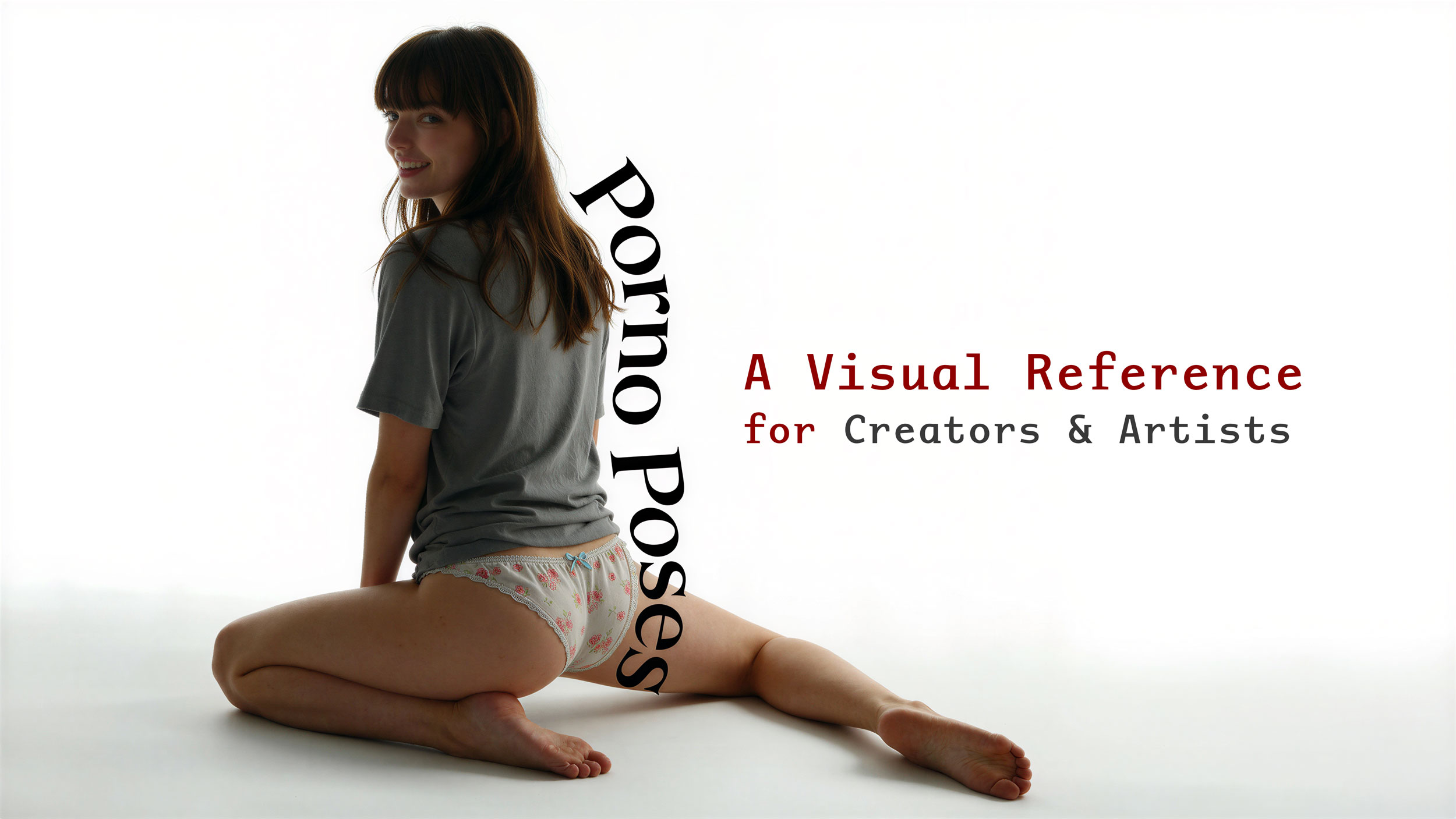



Leave a Reply